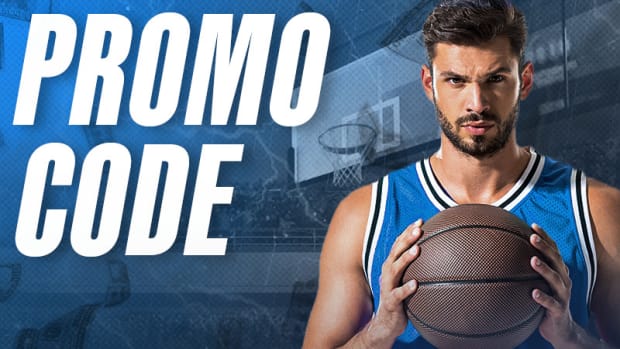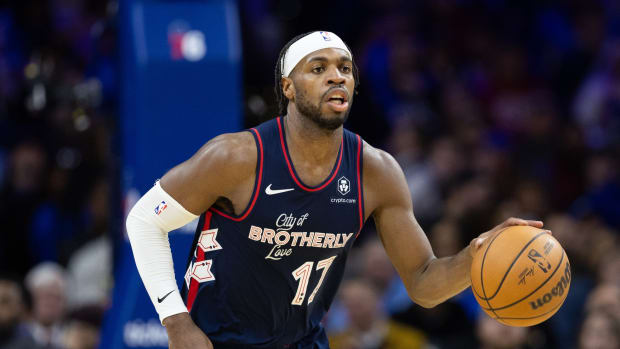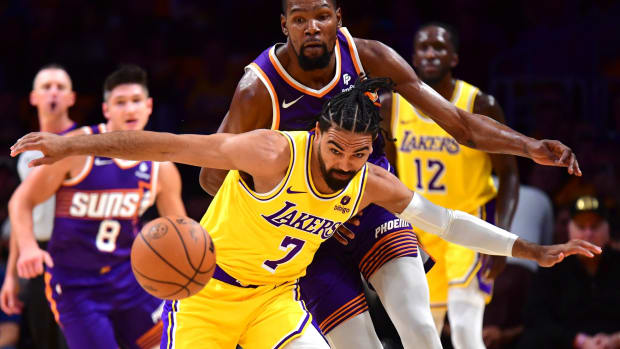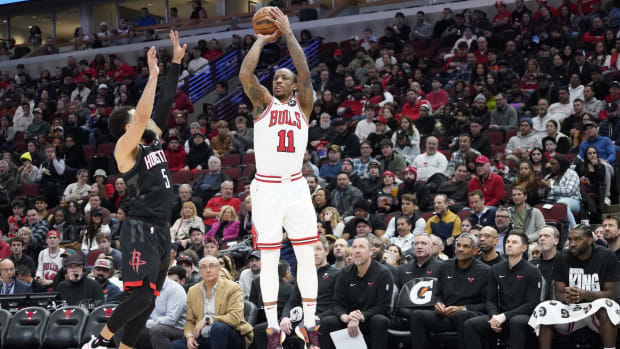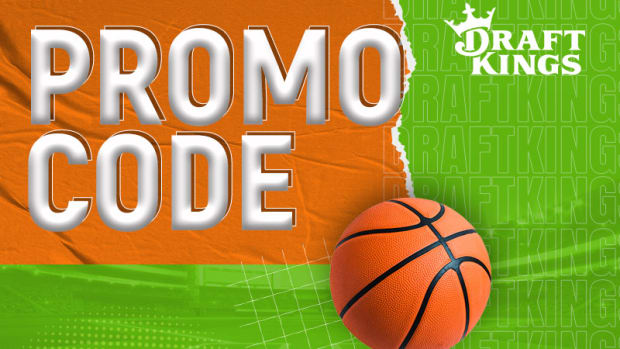Five Western Conference X-factors
By Ben Golliver
Kawhi Leonard averaged 7.9 points, 5.1 rebounds, 1.3 steals per game as a rookie last year. (Christian Petersen/Getty Images)
On Thursday and Friday, we'll take a look at the key players and circumstances that will help shape the 2012-13 NBA season. First up, the Western Conference, where these X-factors will be critical in charting the course for five top teams.
Los Angeles Lakers' X-Factor: Dwight Howard
If 2011-12 was the season that Howard held the NBA hostage with trade demands, back-room politicking and the like, 2012-13 is setting up as the season that the league's premier big man should hold our attention captive with his play. Howard put out so much smoke in so many directions last season that he inadvertently accomplished the almost unthinkable: He made his reliable production -- 20 points, 14 rebounds and two blocks per game and a Player Efficiency Rating of 24.29, good for sixth in the league last season -- a total afterthought. Season-ending back surgery in April that kept him off of the postseason stage and sent his Orlando Magic home early buried his on-court contributions that much deeper in the discussion.
Regardless of what Shaquille O'Neal might be shouting, Howard's standing in the NBA is indisputable. When healthy -- and he appears to be close to that based on recent reports -- he's as close to the whole package as you will find these days. Nitpick the free-throw shooting and limited back-to-the-basket game all you want, but Howard is the league's best defensive player, one of the top two rebounders, a fearsome finisher and a player polished enough that he commands constant attention on the block and has years of experience finding open shooters.
L.A.'s chances wind up on his shoulders not only because of what we know he can do. Howard is the NBA's greatest X-factor this season because the Lakers had to take on some significant risks to acquire him. Their big-man rotation really goes just four players deep -- Howard, Pau Gasol, Antawn Jamison and Jordan Hill -- and lacks a true center besides Howard, requiring him to play big minutes to make it work. L.A. also brings with it a chemistry dynamic unmatched in volatility. Howard will have to fit in with Mike Brown, a second-year coach still learning to fit in himself. He will have to prepare himself for the endless psychological battle that is being a star teammate of Kobe Bryant's. He'll have to find a comfort zone on the shot-distribution pecking order, something that troubled Andrew Bynum last season. He'll have to handle a whole new level of scrutiny should the Lakers endure any midseason stumbles.
If this were anyone but Howard, the operating assumption would be that there are too many variables at play to make this work during the first year. That skepticism may be reinforced, for many, by the cognitive dissonance created by his flaky personality and rock-steady numbers. Still, here he is, the new leader of a legit Big Four and a particularly difficult matchup for the Heat. If he plays to his potential, can the Lakers really be stopped? That's the "if" that could wind up defining this season.
Oklahoma City Thunder's X-Factor: James Harden
The Thunder continue to be the anti-Lakers, operating in a near noiseless environment while keeping virtually their entire rotation intact. OKC returns its GM, coach and top seven players from last season -- Kevin Durant, Russell Westbrook, Harden, Serge Ibaka, Kendrick Perkins, Thabo Sefolosha and Nick Collison -- while also getting reserve point guard Eric Maynor back after a season lost to injury. That continuity leads to a relative dearth of question marks, considering the Thunder went 47-19 last season with a core entirely composed of young'ns.
The early talk in OKC has rightfully centered on Harden, who is up for a contract extension and has proved his worth as a max-level player. The financial issues for the small-market Thunder, particularly paying a more punitive luxury tax, are clear and have been repeatedly acknowledged by management. The tea leaves are difficult to read, but there's a decent chance that a quick and easy resolution isn't found in advance of the Oct. 31 deadline, which would send Harden on the longer path toward restricted free agency next summer.
[Rob Mahoney: Which extension-eligible players deserve a new contract now?]
Will James Harden's contract situation become an issue for OKC? (Joe Murphy/NBAE via Getty Images)
Harden appears fully bought in to the OKC culture and his teammates, especially Durant, his close friend. The risk here isn't that the relationship turns toxic if a deal can't be reached, but more that Harden, who has shown a selflessness by continuing to come off the bench as a super sub, can put his contract situation out of mind and focus on what should be another run at a possible title. That's way easier said than done. Knowing that a $60 million payday is at stake should you get injured is enough to make anyone's mind wander. Answering endless questions about free agency only makes that worse.
If there's a support system and structure anywhere in the league to make this type of situation feel less tenuous, it's Oklahoma City's. Harden isn't a robot, though, and he cracked during the 2012 Finals. He's more than earned the benefit of the doubt by putting the team in front of himself for three seasons, but this is still one to watch.
San Antonio Spurs' X-Factor: Kawhi Leonard
Much like the Thunder, the Spurs have way more answers than questions. The entire rotation is back, their management, coaching staff and core players couldn't be more dependable, and a glistening 50-16 record powered by the No. 1 offense in the league last season provides plenty of comfort and confidence.
The challenge for San Antonio is to close the athleticism gap with Oklahoma City, a tricky task given that the Spurs' three core players (Tim Duncan, Tony Parker and Manu Ginobili) are more than a decade older, on average, than the Thunder's top trio (Durant, Westbrook and Harden). The Spurs, who have long led the league at getting the most out of their role players, don't have a ton of obvious candidates to emerge to fill this role. Truth be told, there's really just one: talented second-year forward Leonard, who averaged 7.9 points, 5.1 rebounds and 1.3 steals as a rookie, earning enough trust from coach Gregg Popovich to play more than 27 minutes per game during the playoffs.
Leonard's defensive skills and overall awareness, given his commitment and mentality, should improve with age and experience. On the offensive end, there's more untapped potential, as a vast majority of his shot attempts last season, by design, came at the rim after cuts, in transition or from behind the three-point line. The San Antonio Express-News reported last week that Popovich is encouraging Leonard to shoot and handle the ball more often this season. Should he make the leap to a fully diversified offensive game, Leonard would be charting a star's course.
Expecting Leonard's development to make the difference against the Thunder may wind up being too much to ask of a 21-year-old, even if he already looks like the steal of the 2011 draft class. At last year's deadline, the Spurs took on Stephen Jackson's contract (more than $10 million this season) and somewhat checkered past to address their lack of athletic, dynamic wing play. Even with Leonard in the fold, it's possible that San Antonio pursues a similar course at the 2013 deadline.
Los Angeles Clippers' X-Factor: Lamar Odom
It's likely that, on the occasion of his birth, Odom hadn't yet stopped screaming before the doctor, nurses and his mother unanimously agreed that he sure had the look of a future X-factor. Getting hit with this label has been the case for his entire NBA life, anyway. Until last season, and especially during his championship run as a key reserve for the Lakers, Odom was the type of X-factor that could put his team over the top, a matchup nightmare who could open up the interior for his bigs, move the ball and create a shot off the dribble when needed.
Lamar Odom returns to the Clippers this season after a forgettable year in Dallas. (Kin Cheung/AP)
After a disastrous run with the Dallas Mavericks, Odom now represents the flip side of the X-factor, a player capable of tanking his team's chances through inconsistent effort, questionable conditioning or lack of focus. At 32, Odom is just 18 months removed from playing all 82 games for the Lakers and taking home the 2011 Sixth Man Award. The versatile talent must still be in there somewhere, right?
The Clippers better hope so because the depth chart demands it. While L.A. devoted most of its summer attention to filling out its backcourt and wings by landing Grant Hill, Matt Barnes, Jamal Crawford and Willie Green and re-signing Chauncey Billups, the team added only barely serviceable pieces up front. Ronny Turiaf and Ryan Hollins enter the mix, replacing Reggie Evans and Kenyon Martin. Remember, the Evans/Martin duo played a combined 35.5 minutes per game in the postseason, as coach Vinny Del Negro opted to go smaller by reducing playing time for starting center DeAndre Jordan, particularly in late-game moments.
Odom has shown in the past to be a very capable rebounder, a skill the Clippers will need if and when they go small this season. His ability to generate his own offense is a plus on any bench, and theoretically alleviates some point-generating pressure from Crawford, who struggled with his shot last season on the Portland Trail Blazers when he was asked to do too much. More than anything, the Clippers need Odom to be a functional member of a frontcourt rotation. None of L.A.'s small forwards are really suited to swing to power forward and there just isn't much talented size on the roster outside of Jordan and All-Star power forward Blake Griffin, who wound up breaking down during last year's playoffs. Put it this way: If Odom gives the Clippers nothing, or next to nothing, Del Negro will need to be very, very creative to compensate. What was that sound? Oh, just Clippers Nation collectively gulping.
Denver Nuggets' X-Factor: Andre Iguodala
The Nuggets have exceeded general expectations since it became clear that Carmelo Anthony was going to hijack his way out of town during the 2010-11 season. Denver didn't skip a beat after trading their All-Star forward to the New York Knicks, riding a deep but star-less team to back-to-back postseason appearances. In 2012, the Nuggets gave the Lakers a real scare, pushing their first-round playoff series to seven games before bowing out. The run-and-shoot Nuggets were No. 2 in pace and No. 3 in offensive efficiency last season, but their No. 19 defense just wasn't good enough, not when the top of the Western Conference is populated by the likes of Durant, Bryant and Ginobili. Enter Nuggets GM Masai Ujiri, who smartly worked his way into the four-team blockbuster trade that sent Howard from the Magic to the Lakers. Ujiri not only upgraded from a solid defender, Arron Afflalo, to a star two-way wing, Iguodala, but he also unloaded Al Harrington and what remained of his excessive five-year, $33 million deal signed in 2010.
Iguodala isn't an A-lister, but he has transformative potential for this Nuggets team, plugging a clear wing-defender need without slowing down the Nuggets' attack or compromising the number of offensive weapons coach George Karl can put on the court at once. Iguodala's scoring average and shot attempts have declined for five straight seasons, but everyone would seem to be better off if he's shooting 10 times a game (as he did in 2011-12) rather than 15 times a game (as he did in 2007-2008), especially if he couples that with another year of good outside shooting (a career-best 39.4 percent from three-point range last season).
Ty Lawson


































